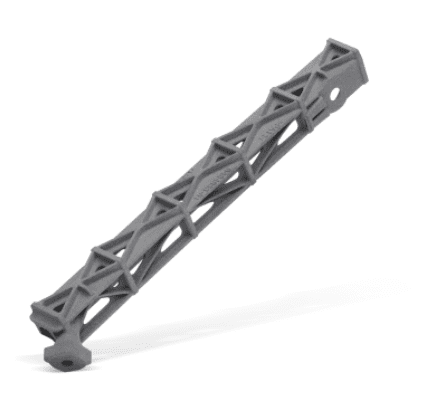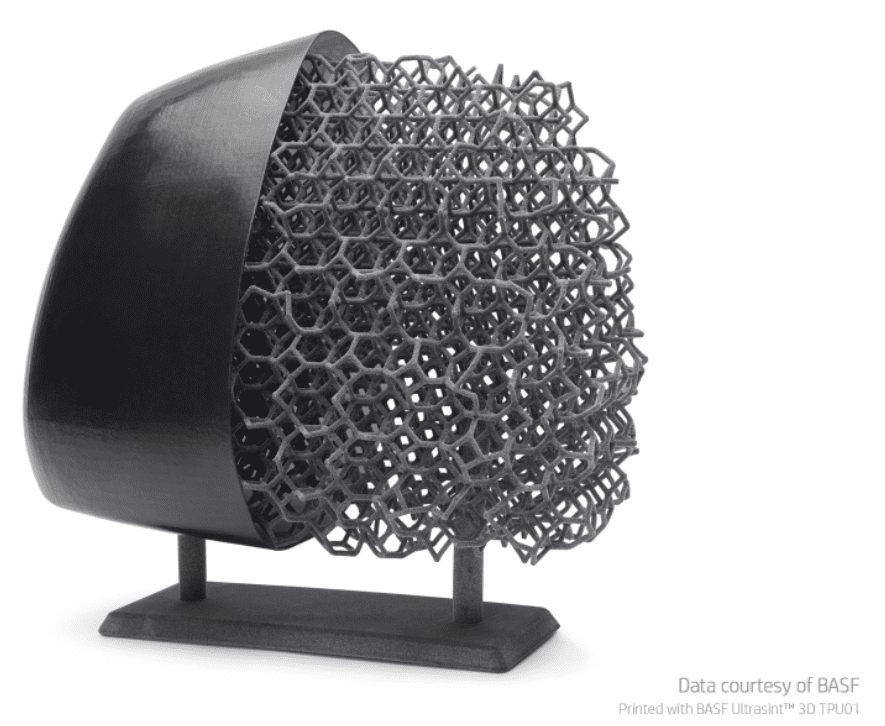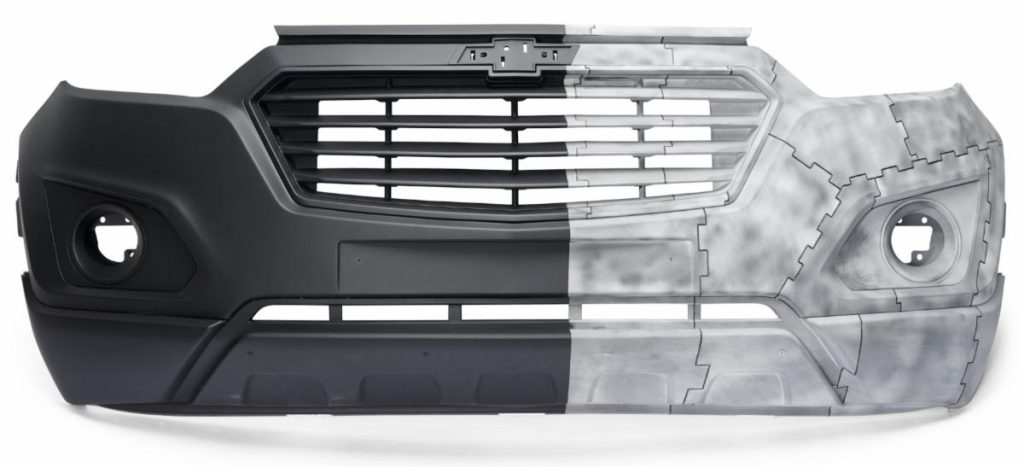Vehicles, motorbikes, boats, trains – mobility manufacturers are constantly searching for the manufacturing technologies that can help them reduce time to market, lower cost, create a better product and meet goals for sustainability.
We briefly review key applications of plastics additive manufacturing, aka 3D printing, in the product development and manufacturing of mobility products.
Accelerate Product Development Cycles



Additive manufacturing enables one to quickly – within hours or days — create multiple different designs of prototypes, printed in the material with characteristics of the final product (strength, resolution, detail), and iterate a number of times to optimize the product or part design. This is especially critical with the emergence of the electric vehicle industry’s race to market.
Eliminate or Reduce Tooling Costs
Some manufacturing technologies require several prototypes and then a mold fabricated to create the product – which can take weeks or months and tens of thousands of dollars. Once the mold is made – if a design change is needed – it is expensive to replace. This can lead to a reluctance to make changes that could improve the product.
In the appropriate application, additive manufacturing can speed time to market by slashing weeks or months off the development process and reduce or eliminate the cost of tooling. Additive is not the right technology for every application or quantity of parts needed – but where it is a good fit it can save the manufacturer time and money, and result in a better product.
Consolidate Assemblies into a Single Part
Because Additive allows a designer to create complex geometries – usually with the help of CAD software – often an assembly of parts can be replaced with a single part. This can save the manufacturer the cost of materials (eliminate the need for fasteners or adhesives), the labor to put the assembly together – and possibly reduce the total amount of material, lowering costs and light weighting parts.
100% Customized Manufacturing Aids
Jigs, fixtures and nests are manufacturing aids used in part manufacture, or the assembly of multiple parts. Additive allows one to make exactly the aid needed for the application, quickly, at a lower cost, and with the ability to make multiple customized ones – or replacements – fast and easy. The assembly of wire harnesses is one example in the mobility industry that is taking full advantage of additive for multiple custom manufacturing aids.
Soft & Flexible Products
With continuous material development in Additive Manufacturing, materials with greater ranges of strength and flexibility are becoming available. Coupled with complex geometries such as 3D printed lattice structures– materials can be made soft and strong. Automotive applications include headrests and custom seating. These softer more flexible materials can also be used in soft touch robotic end-of-arm tooling and nests that do not mar or scratch delicate parts.
Airtight and Watertight Parts
With the appropriate additive manufacturing technology and materials, parts in mobility products such as air vents or ducts for air conditioning or intake manifolds have been successfully 3D printed and used as prototypes or in production. A fluid reservoir has been 3D printed as a prototype – and achieved required low porosity to be fluid tight.
Custom Fasteners
Auto panel clip, screw clip for speakers, door trim clip, door panel retaining clip, hood prop clips, power steering reservoir clips, sunroof slider tail repair clips, ignition wire clips – these are just a small sample of CAD files one can find on popular sharing platforms for “automotive clips” that can be 3D printed – as aftermarket parts, prototypes or original equipment. And because of technologies like powder bed fusion – that facilitate printing several 100’s of small fasteners overnight – 3D printing fasters for prototyping, bridge production, replacement or aftermarket parts can be cost effective.
Integrate Textures into Part Designs
Style and aesthetics are very important in new vehicle design. Being able to add high resolution 3D printed textures – such as leather grain – onto prototype interior parts is one example of getting to a high-quality design intent fast and at low cost. After-market accessories that make driving safer and more fun also benefit from interesting textures printed right on the part.
Sustainability
Sustainability is top of mind for all major manufacturers. A manufacturer can choose additive materials that can be recycled, for example, shredded to be melted and used in injection molding. Another option is selecting an additive technology wherein the powder not used in one 3D print build can be re-captured and used in the next build – instead of being thrown away.
The whole concept of additive manufacturing leans towards sustainability in a number of ways: printing only what you need, and then on-demand, so one does not need to warehouse volumes of replacement parts over many years for many different product models. Creating products on-demand close to where they will be used – eliminating shipping and transportation costs and the carbon footprints that come with them.
Explore Additive Manufacturing Mobility Applications in Person

Novastar Solutions invites you to attend an Open House Thursday April 21, 2022 anytime from 10am – 2pm at 12901 Newburgh in Livonia, Mi 48150 at our HP 3D Printing Demonstration Center.
















